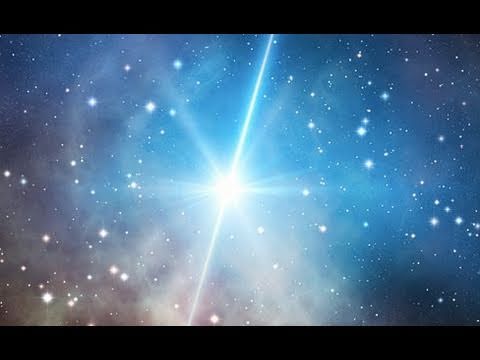From an astrophysics perspective, this is what is happening during a supernova:
Gamma-ray bursts (GRBs), fleeting events that last from less than a second to several minutes, are detected by orbiting observatories that can pick up their high energy radiation. Thirteen years ago, however, astronomers discovered a longer-lasting stream of less energetic radiation coming from these violent outbursts, which can last for weeks or even years after the initial explosion. Astronomers call this the burst’s afterglow.
This is the new instrument and method they have deployed within the last decade or so to detect them:
NASA launched the Swift satellite at the end of 2004. From its orbit above the Earth’s atmosphere it can detect gamma-ray bursts and immediately relay their positions to other observatories so that the afterglows could be studied. In the new study, astronomers combined Swift data with new observations made using GROND [2] — a dedicated gamma-ray burst follow-up observation instrument, which is attached to the 2.2-meter MPG/ESO telescope at La Silla in Chile. In doing so, astronomers have conclusively solved the puzzle of the missing optical afterglow.
What makes GROND exciting for the study of afterglows is its very fast response time — it can observe a burst within minutes of an alert coming from Swift using a special system called the Rapid Response Mode — and its ability to observe simultaneously through seven filters covering both the visible and near-infrared parts of the spectrum.
This is incredible stuff and we hope you like the video!
